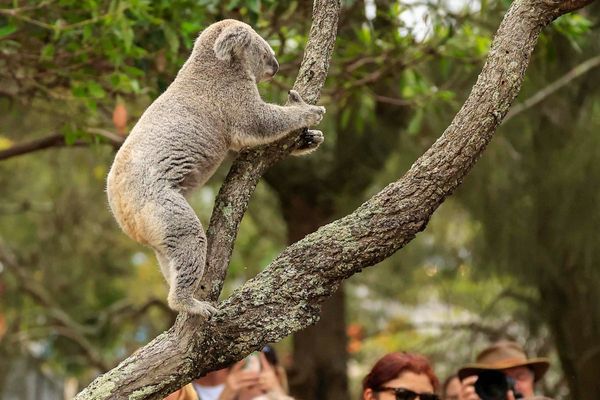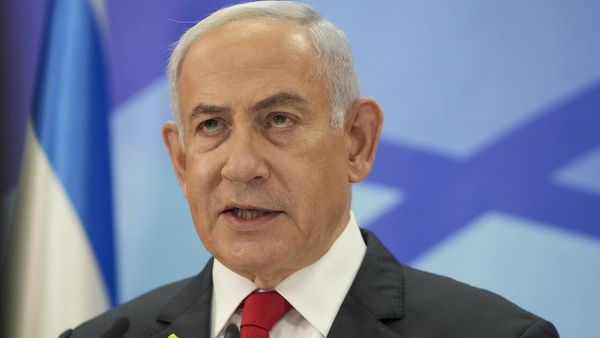
As the U.S. and Russia continue talks to end the war in Ukraine, European leaders are developing a plan for European forces to prevent future Russian aggression. The proposal, supported by British Prime Minister Keir Starmer and French President Emmanuel Macron, envisions a European force in Ukraine to maintain peace after a ceasefire.
The plan involves fewer than 30,000 European troops stationed away from the front line, supported by Western air and sea power. Surveillance technology like drones would monitor the front line, with air power on standby to deter breaches. The U.S. is seen as crucial for providing security guarantees to deter Russia.
President Volodymyr Zelenskyy desires NATO membership for Ukraine, but the U.S. has not supported this. The proposal for a reassurance force aims to prevent conflict escalation without deploying peacekeepers along the front line.
While Trump has emphasized European contributions to security, U.S. Defense Secretary Pete Hegseth ruled out deploying troops to Ukraine but left room for American support. The shape of the force will depend on future peace negotiations.
Russia has rejected the idea of European troops in Ukraine, calling it unacceptable. Some European countries, like Italy and Poland, have limitations on deploying forces. Germany's Chancellor Olaf Scholz believes NATO should remain the foundation of security.
The success of the plan hinges on the terms of a ceasefire agreement. Analysts warn that leaving a significant Russian troop presence in Ukraine could lead to renewed conflict. European countries may struggle to sustain a force over the long term, potentially lasting decades.
Lithuania's defense minister emphasizes the need for Europe to strengthen its defense capabilities in the face of Russia's military buildup. The path forward remains uncertain, with the potential for a prolonged peacekeeping mission in Ukraine.







